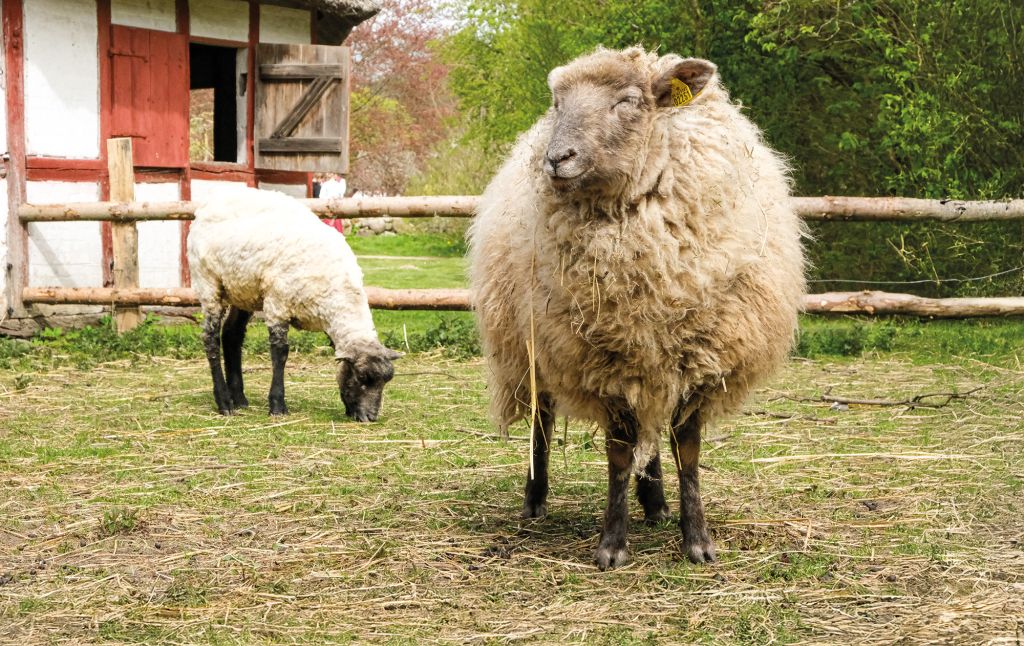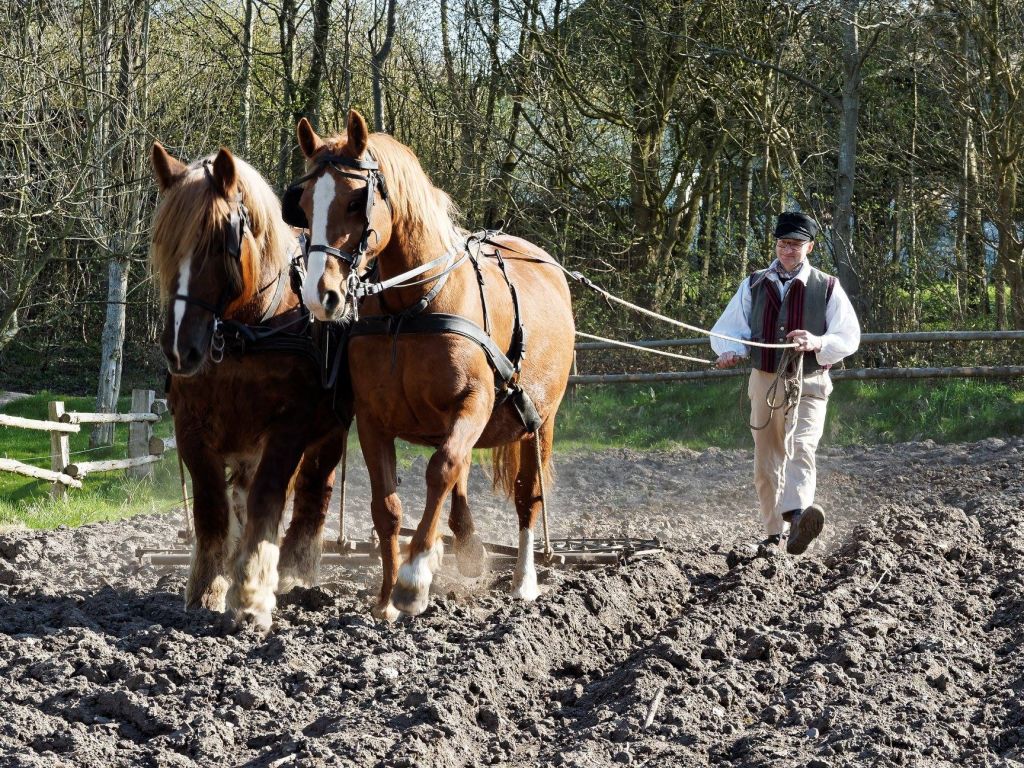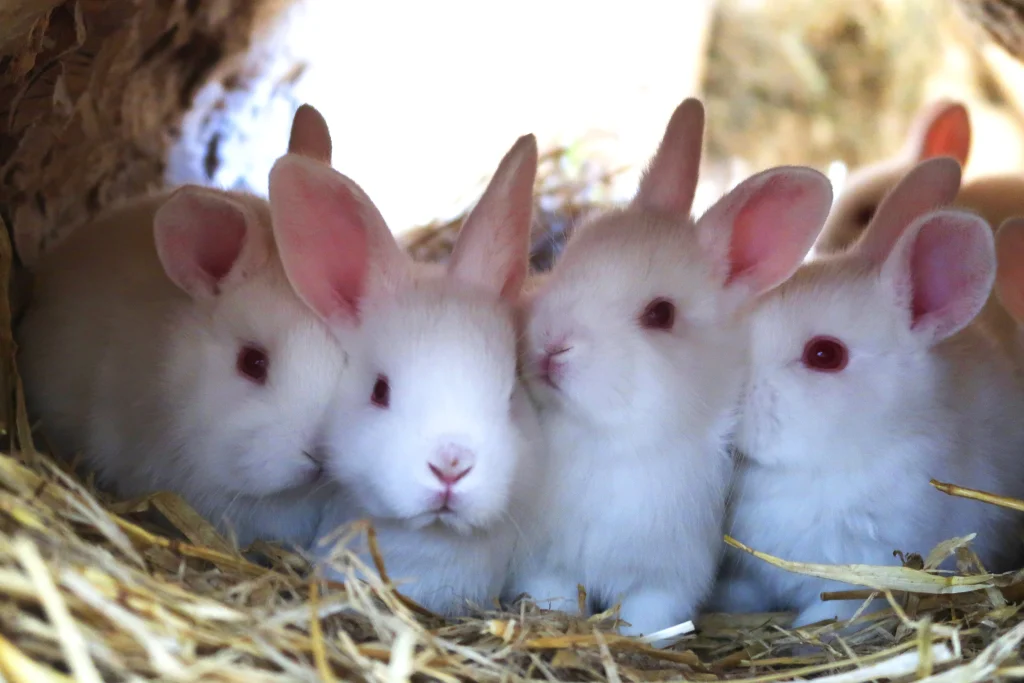
More than Decoration
The animals in the village are not just for show. Just like in past village communities, each one has a purpose.

You can find The Funen Village’s animals in stables, on grass, or in the fields, where some of them help the farmer plow the land.
In the 19th century, villages were almost entirely self-sufficient, producing their own food and necessities. Farm animals were indispensable: besides providing meat, eggs, and milk, they also supplied wool, hides, horns, and the draft power needed in a time without fossil fuels.

Horses, pigs, cows, and sheep belong on my farm…
They make noise and smell—and they belong! The animals at The Funen Village help create the authentic atmosphere of a historical farm visit.
At The Funen Village, we give visitors a sense of what life was like in the countryside in the 1800s. We present the houses, farms, and gardens as they once were, offering a glimpse of village life. But people and buildings don’t tell the whole story. In a “real” Funen village of the 1800s, the noisy, smelly, and bustling animals played an important role in creating the village atmosphere. This is what we strive to create at The Funen Village.

The Funen Village Animals
The village has around 30 animals.
This roughly corresponds to the livestock of a medium-sized farm in the mid-19th century. Most animals live in the parsonage stables, but during the summer, you can meet them in the village paddocks and fields, where they help cultivate the land.

Heritage Breeds
The animals at The Funen Village also serve another purpose beyond work and atmosphere.
Many of them are old heritage breeds, which the village helps to preserve.
The cows are red Danish dairy cattle, a breed established in 1878. Alongside them, you can also find a Jersey cow. Originally an English breed, it came to Denmark around 1900 to provide rich milk to the many cooperative dairies that emerged in the second half of the 19th century.
In addition to horses and cows, the village is home to pigs of the black-and-white landrace, Danish land sheep, and Danish land goats. There is also a variety of birds: brown Danish land chickens, light Sussex chickens, black-and-white Danish land ducks, and gray-and-white Danish land geese—along with rabbits and, of course, the farm cats.
